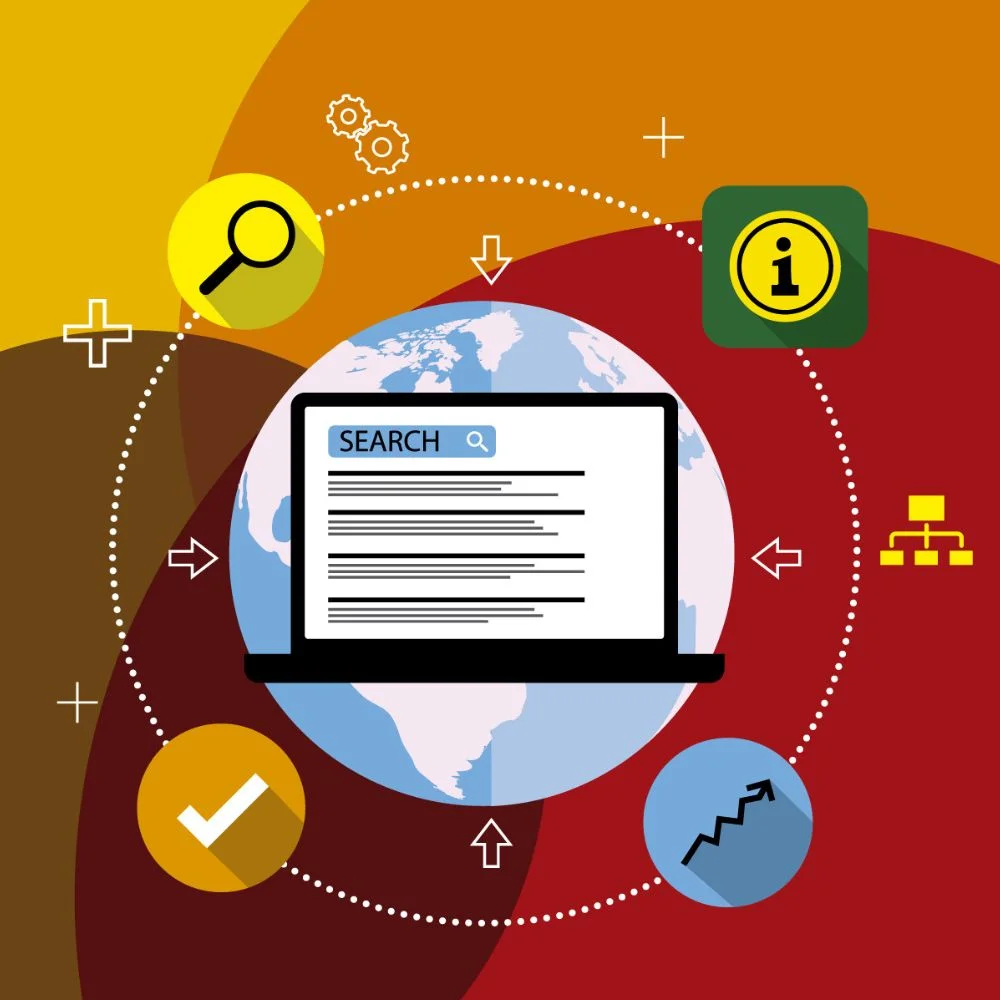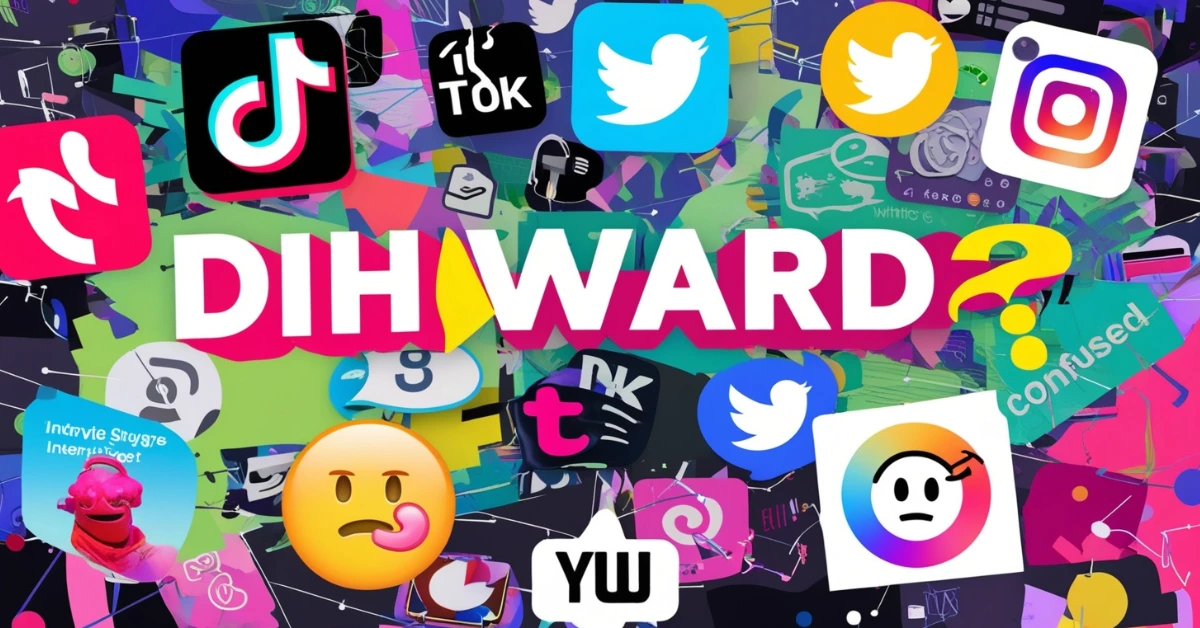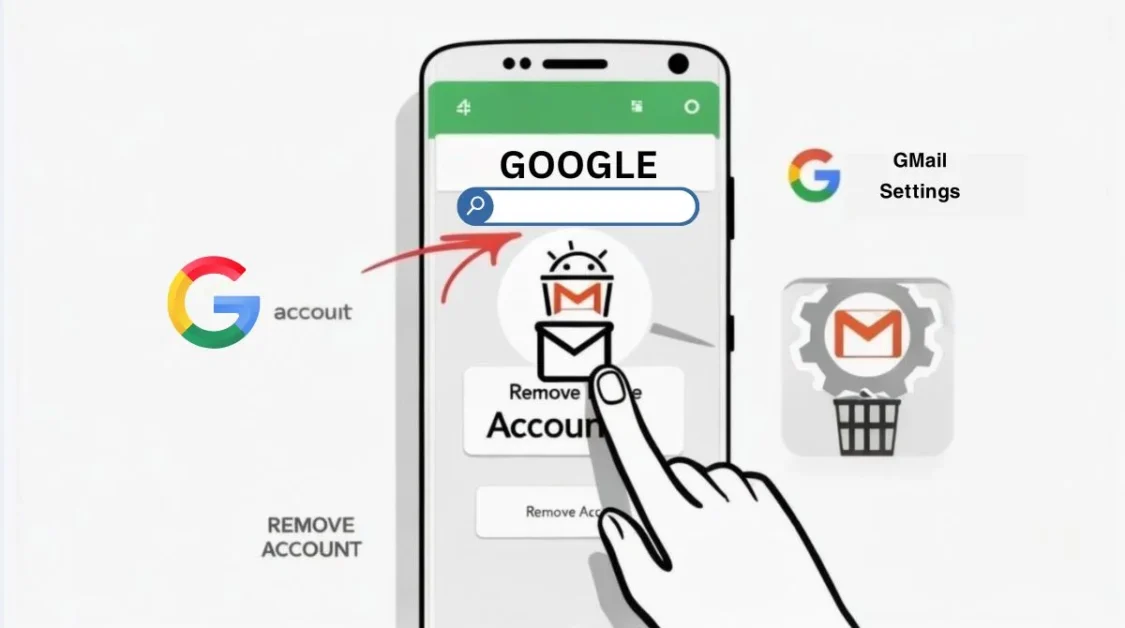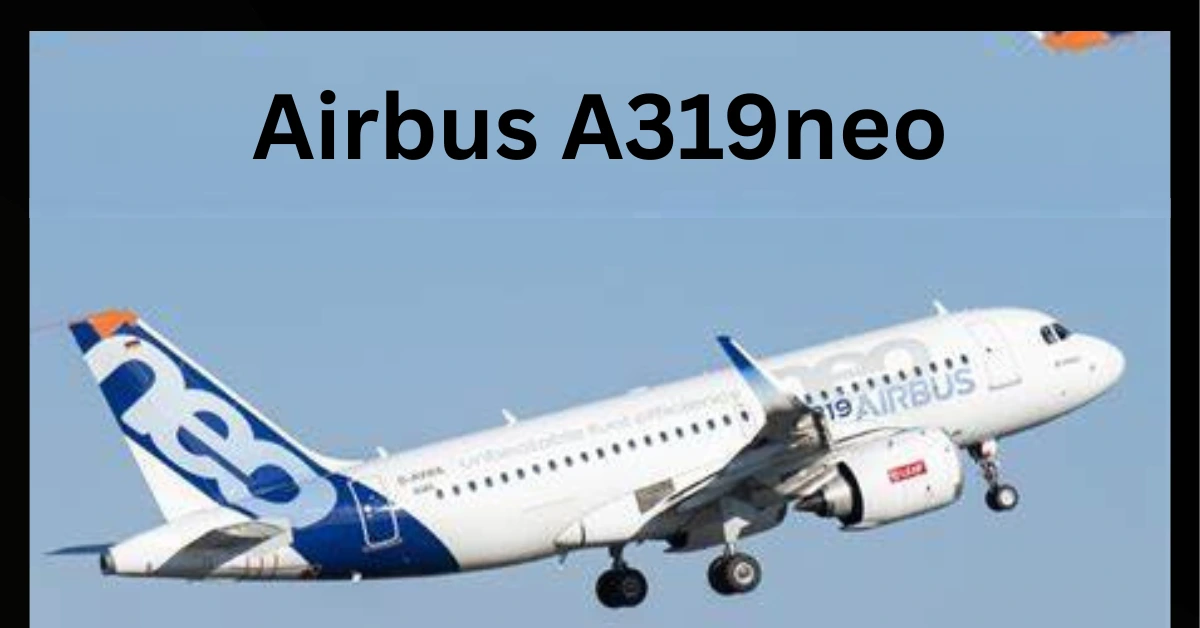DOGE stands for the U.S. Department of Government Efficiency, an initiative launched under President Trump and led by Elon Musk to identify waste, fraud, and inefficiency in federal contracts and software licenses. DOGE has created a Software
Why is DOGE Focused on License Counts
DOGE claimed that agencies like the General Services Administration held far more licenses than employees, for example, 37,000 WinZip licenses for 13,000 staff, or thousands of unused Adobe Acrobat seats in HUD systems. The idea was to expose overspending and reclaim taxpayer dollars.
Why License Counts vs Employee Numbers May Mislead
There are valid reasons licenses exceed headcounts:
- Many software licenses are based not on per user; some programs require individual licenses on desktops, laptops, testing devices, and servers.
- Agencies license software for contractors or external collaborators, not reflected in employee numbers.
- Bundles force agencies to purchase entire software suites even if only a few apps are needed. Plus, dev/test/production environments require separate installs.
What DOGE Claimed and the Verification Issues
DOGE published sweeping savings claims, including deleting millions of unused licenses and cancelling thousands of contracts across agencies, totaling billions in supposed federal savings.
But a BBC and federal audit review found:
- Only ~40% of claimed savings were itemized, and half of those had proper documentation.
- DOGE misrepresented actual contract values. reporting $8 billion in avings on an $8 million agreement.
What Experts and Auditors Say
Wired reported that experienced federal auditors called DOGE’s methods “not real auditing” and likened it to “a heist” rather than a proper investigative effort.The
Government Accountability Office (GAO) began a formal audit into DOGE’s operations, reviewing data access, methodology, transparency, and compliance with standards like GAGAS.
The AI Tool Behind SOME DOGE Audits
DOGE used an AI tool to scan contracts and flag them as “munchable” (i.e., cancelable). Prompts instructed AI to reject any contracts not directly supporting patient care, leading to errors, hallucinated contract values, and flawed interpretations. Experts criticized the tool for lacking context and domain knowledge.
Real Benefits of Software License Audit Tools
While DOGE’s public review methods drew criticism, modern Software Asset Management (SAM) tools and dashboards analogous to the Audit HUD concept do offer real value:
- Usage visibility: monitor actual install and usage per device.
- Compliance tracking: auto alert non-compliance or licensing overuse.
- Cost savings: reallocate or cancel unused licenses.
- Procurement insights: guide contract renewals or term reductions.
- Improved security: eliminate outdated software that poses risk.
Risks of Incomplete or Misguided Audits
Rushing to cut licenses without proper analysis can disrupt operations, break vendor compliance terms, and leave staff without access to needed tools. False savings numbers also erode trust in efficiency initiatives.
Best Practices for License Review and Audit
1. Create a Complete Inventory
Track installed software, license models, user roles, contractors, and device types.
2. Use Automated Tracking
Deploy real-time SAM tools or agent-based systems to understand usage trends.
3. Analyze with Context
Consider device-based vs user-based licensing, developer environments, and bundled packages.
4. Align with Audit Standards (e.g., GAGAS)
Ensure audit steps include planning, evidence gathering, interviews, reporting, and follow-up.
5. Negotiate Flexible Contracts
Seek consumption-based or concurrent licensing models, or vendor agreements tied to actual usage patterns.
6. Regular Reviews
Schedule periodic audits quarterly or semiannually rather than one-off purges.
7. Document Everything
Record findings, decisions, vendor communications, and realized savings in case of oversight or public scrutiny.
8. Support Policy & Governance Reform
Legislation like the SAMOSA Act promotes systematic software oversight mandates across agencies .
Real Agency Examples and Their Lessons
- HUD: Over 11,000 unused Acrobat licenses flagged; DOGE cited this as waste, but experts caution against simplistic interpretation.
- GSA: DOGE claimed 37,000 WinZip licenses vs 13,000 employees; the vendor explained it includes contractors, bundle deals, and device-based installs.
- Defense Department: Saved ~$580 million via DOGE-identified cuts in software and consulting contracts, though details remain under scrutiny.
How to Deploy Audit Tools Effectively
- Integrate license tracking with HR and procurement systems.
- Install monitoring agents on devices and servers.
- Collect usage data, identify idle seats.
- Validate with teams before canceling or reallocating licenses.
- Renegotiate contracts based on usage insights.
- Track and report actual cost reductions.
- Schedule recurring audits.
- Maintain dashboards for ongoing compliance visibility.
Key Features of Modern License Audit Tools
Modern software license management tools have evolved to offer automated insights, real-time usage metrics, and advanced compliance reporting. Below are some powerful features you should look for when reviewing or selecting license audit tools:
1. Core Features to Expect
- Automated License Discovery: Scans all endpoints and servers for software installations.
- Usage Tracking: Measures actual engagement (logins, active use).
- License Type Classification: Identifies types (device, user, concurrent, SaaS, etc.).
- Redundancy Alerts: Highlights software duplication across departments.
- Renewal Notifications: Flags licenses approaching expiration.
- Audit Readiness Reports: Generates exportable compliance documents.
- Integration Capability: Connects with HRMS, Active Directory, and procurement systems.
- Cloud and On-Prem Support: Monitors licenses across hybrid environments.
Common Software Licensing Mistakes Agencies Make
Understanding where things go wrong helps you avoid costly errors. Here are some of the most frequent mistakes federal and corporate organizations make:
2. Frequent Licensing Mistakes
- Failing to Track Usage: Paying for tools without checking if they’re actively used.
- Overbuying “Just in Case”: Buying large license blocks upfront with no forecast.
- Not Deactivating Leavers: Ex-employees retaining software access for months.
- Missing Auto-Renew Triggers: Getting billed for software you no longer need.
- Ignoring Compliance Clauses: Violating terms due to a lack of knowledge.
- Using Personal Licenses in Business: Risky and usually non-compliant.
- Siloed Software Procurement: Different departments buy overlapping tools.
How AI Can Help and Hurt in License Auditing
AI tools are increasingly used in large audits to scan contracts and usage data. But as DOGE’s case showed, AI isn’t foolproof.
1. When AI Helps:
- Quickly scanning thousands of contract documents.
- Identifying duplicate vendor relationships.
- Spotting unused licenses or under-utilized apps.
- Forecasting license needs based on trend data.
2. When AI Fails:
- Misinterpreting contract language (e.g., “optional add-ons” as “must-cancel waste”).
- Lacking domain context (e.g., assuming all unused licenses are unnecessary).
- Producing hallucinated results when datasets are incomplete.
- Making decisions without human validation.
Tip: Always pair AI tools with human reviewers to make reliable decisions.
Tips to Improve Software License Efficiency
If you’re in charge of budgeting or IT, here are actionable strategies to reduce waste and improve license usage:
1. Optimization Tips:
- Adopt a “Rightsizing” Approach: Align license types with user roles (e.g., Viewer vs Power User).
- Centralized Procurement: One department should oversee all software purchasing.
- Create Software Standards: Limit tools to approved options to avoid duplication.
- Run Quarterly Reviews: Stay ahead of contract renewals or usage drops.
- Train Teams on Usage Expectations: Educate users on what tools are needed and why.
- Consolidate Vendors: Switch from 5 similar tools to one robust platform.
- Use Open Source Where Practical: Consider free tools with enterprise support.
Top Metrics to Monitor in Your Audit Dashboard
A high-quality Software License Audit HUD or dashboard should track several key metrics that reflect real software health and license value.
1. Metrics to Track:
- Active Licenses vs Allocated Licenses.
- Daily/Monthly Active Users (DAU/MAU).
- License Cost per User.
- Unused or Underused Licenses.
- License Expiration Timeline.
- License Compliance Score.
- Shadow IT DetectionUnapproved or untracked tools.
- User-to-License RatioHealthy balance based on roles.
Compliance Risks of Poor License Management
Failing to maintain software licensing hygiene can result in not only wasted money but also legal and security consequences.
1. Compliance and Risk Factors:
- Audit Fines: Vendors like Microsoft, Oracle, or Adobe can impose heavy penalties.
- Contract Breach: Non-compliance could trigger contract voiding.
- Security Risks: Outdated or untracked software increases vulnerability.
- Data Privacy Violations: Using unlicensed tools with sensitive data may break laws like GDPR.
Integrating SAM Tools into Your Workflow
Integrating your Software Asset Management (SAM) tool with internal systems ensures seamless license tracking and efficiency.
1. Recommended Integrations:
- Human Resource Systems(e.g., Workday, BambooHR) : Deactivate licenses with employee exits.
- Single Sign-On Tools(e.g., Okta, Azure AD): Centralized access control.
- Cloud Platforms(e.g., AWS, Azure, Google Cloud): Monitor cloud-based SaaS tools.
- IT Service Management (ITSM)(e.g., ServiceNow): Link usage reports to ticket systems.
- Procurement Platforms: Match spending with actual usage.
Examples of Agencies Adopting Smart Auditing
Several federal agencies are now setting the tone for license efficiency. These cases showcase real-world learning from the DOGE saga.
1. Notable Agency Initiatives:
- Department of Defense (DoD): Conducted full audits of cybersecurity tools across divisions; reallocated redundant software, saving over $120 million.
- Department of Energy (DoE): Adopted Flexera for dashboard auditing; uncovered 38% of licenses were unused.
- Environmental Protection Agency (EPA): Piloted AI-assisted contract reviews to avoid overlapping tool purchases between branches.
- NASA: Partnered with Open iT to optimize engineering software licenses; saved ~$9 million annually.
Conclusion:
DOGE raised public awareness about the scale of software license waste, but lacked audit rigor and transparency. More meaningful license optimization happens through carefully managed audit tools, data-driven license management, and compliance-aligned reviews, not in public reckoning headlines.





